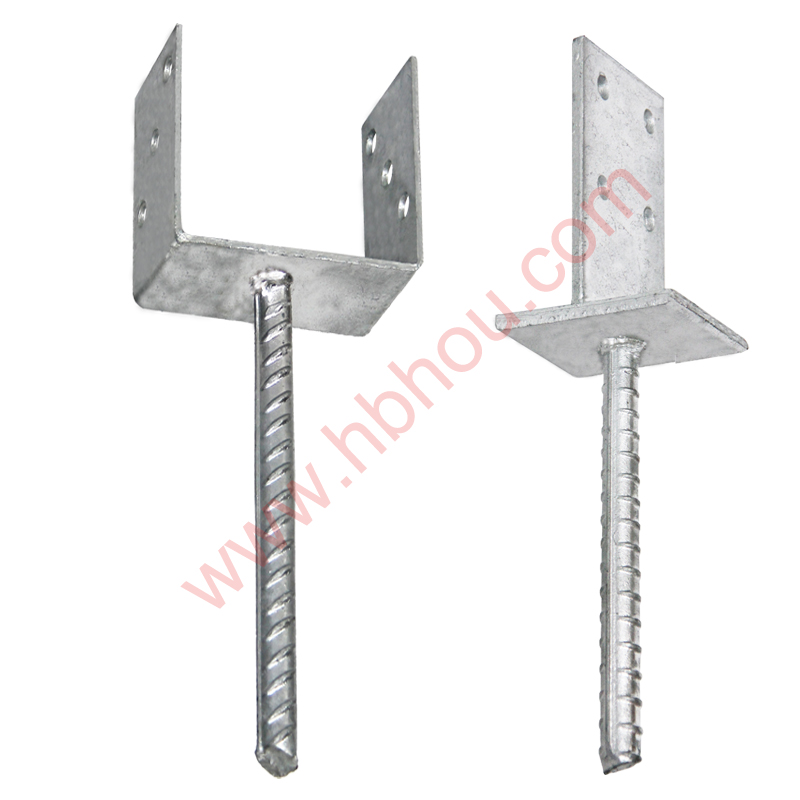Setting Fence Posts in Cold Weather
When the chilly air of winter sets in, many outdoor projects come to a halt, but for those determined to build or repair fences, the cold weather presents unique challenges and considerations. Setting fence posts during cold spells requires careful planning, appropriate materials, and specific techniques to ensure that the work is done correctly and lasts through the changing seasons.
Understanding the Challenges
Cold weather can significantly affect the ground conditions and the materials used. Frozen soil can be hard as rock and may prevent you from digging post holes efficiently. Moreover, concrete—a common material for securing fence posts—can behave differently in cold temperatures. It’s vital to consider how cold impacts these variables before getting started.
Choosing the Right Time
Timing is everything when setting fence posts in winter. Ideally, if you're working during a cold snap, choose a day when the temperature is above freezing. Additionally, it helps to avoid windy days, which can make the cold feel even harsher. Plan your project during the early afternoon, when the sun is typically at its peak, providing slightly warmer conditions for your work.
Tools and Preparation
Before beginning, gather the necessary tools and materials. Ensure you have a sturdy shovel or post-hole digger to handle potentially frozen ground. If the ground is particularly hard, a digging bar can help break through tough soil. Additionally, consider using a portable heater or propane torch to warm the area around the post holes, which can make digging easier.
To ensure proper setting of your posts, you’ll need quick-setting concrete that works well in colder conditions. Some brands are specifically designed to handle lower temperatures, providing faster curing times even in chilly weather.
setting fence post in cold weather

Digging and Setting Posts
When digging your holes, try to dig deeper than the usual 1/3 of the post’s height; this will provide better stability as the frost line falls deeper into the ground in colder months. Remove any frozen soil carefully, and if possible, warm the area with a heater or cover it to maintain some temperature.
Once your holes are ready, place the posts in position. It’s recommended to use a level to ensure they are straight. Afterward, mix the quick-setting concrete as per the manufacturer's instructions and pour it around the post. Make sure to add water to the mix that isn’t freezing cold, as this can help the concrete set more effectively.
Curing Time and Care
Cold weather significantly affects curing times. While quick-setting concrete can still harden in cold conditions, it may take longer to fully cure. Keep an eye on the weather forecast; if below-freezing temperatures are expected, consider covering the newly set posts with insulation or tarps to help retain warmth.
Monitor the posts and concrete over the next few days. Be cautious about any excess snow or ice that may form around the posts, as this can cause issues with premature lifting of the posts due to frost heave.
Conclusion
Setting fence posts in cold weather requires careful planning and adjustments to traditional techniques. By understanding the challenges posed by winter conditions and using the right materials and methods, you can successfully complete your fencing project. With the right knowledge and preparation, you won't let the cold stop you from achieving your outdoor goals, ensuring that your fence stands sturdy regardless of the season.
















